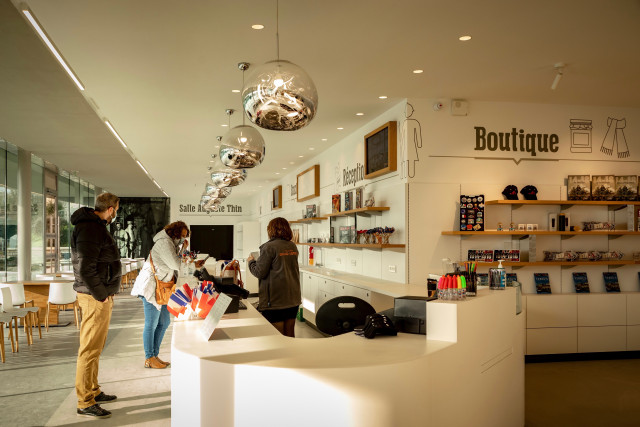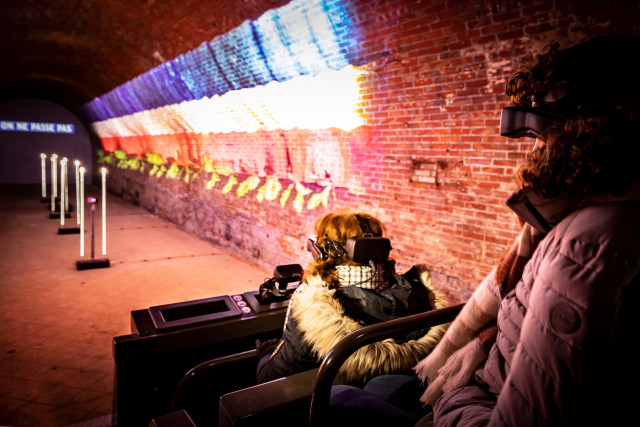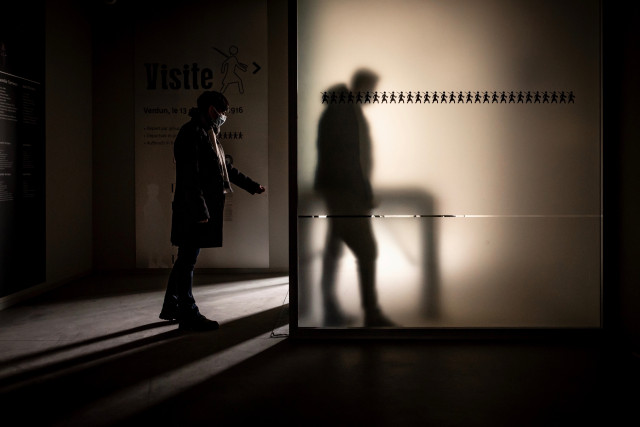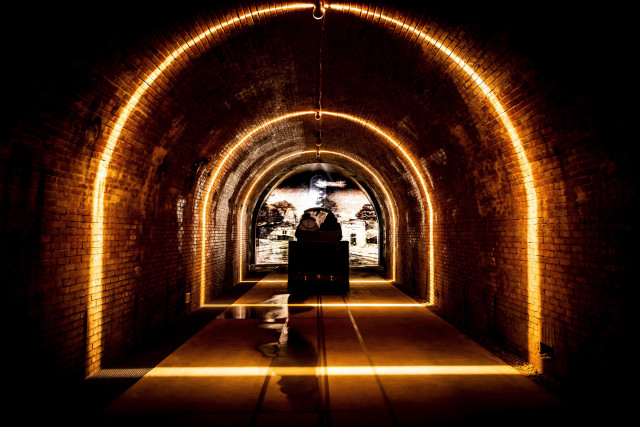Underground Fortress
Built in 1624, Vauban chooses to strengthen it and link it to the defensive system it has just created around the city of Verdun.
In 1916, during the Battle of Verdun, she played a leading role: she became for the command a logistical base of vital importance for the unfolding of the battle.
Nearly 10,000 men live permanently in his bowels working on all the services of an army in the field: telephone exchange, warehouse of food and ammunition, kitchens, hospital, bakery with a production of 28,000 rations a day and even a theater.
The citadel will be the scene of two moving events: September 13, 1916, Verdun receives the Legion of Honor, the Croix de Guerre and six other decorations of the Allied powers and becomes the most decorated city in France.
On November 10, 1920, two years after the signing of the Armistice in Rethondes, under the direction of André Maginot, Minister of Veterans Affairs and the injured, Private Auguste Thin of the 132nd Infantry Regiment must make a crucial choice. In front of him, eight coffins decorated with the tricolor flag each containing the body of an unknown French soldier found on one of the eight major battlefields of the war.
With a simple bouquet, he must designate the one who will be buried under the Arc de Triomphe in Paris in memory of all his fallen brothers. Slowly, Auguste Thin goes around the coffins. The task is heavy. Then, humbly, after adding the numbers of his regiment, he drops his bouquet on the sixth. The Unknown Soldier is born.
Reconstruction tour in small wagons through the galleries of the citadel: reconstructed scenes of the life of the Poilus during the battle in augmented reality: infirmary, bakery, awarding of medals, choice of the Unknown Soldier ...
Departures are made by wagons of 4-5 people every 4 minutes. The visit, for a group of 45 to 50 people, lasts about 2 hours 15 minutes.
The temperature inside is about 7°: bring warm clothes.
Visits in French, English, German
Periods and opening hours 2026
February: 09:30 - 5:00pm from February 5th
March: 9:30am - 5:30pm
April, May and June: 9:00 - 6:00pm
July and August: 9:00 - 7:00pm
September and October: 9:00 - 6:00pm
November: 9:30 - 5:30pm
December: 9:30 - 5:00pm - Closed on 24, 25 and 31
School group rates
- 6.00 € per pupil
- 1 free guide for 10 paying pupil
- 13 € per additional accompanying person
Adult group rates
- 13 € per adult
- Free for 20 paying people
A minimum of 20 paying guests is required to benefit from this rate.










